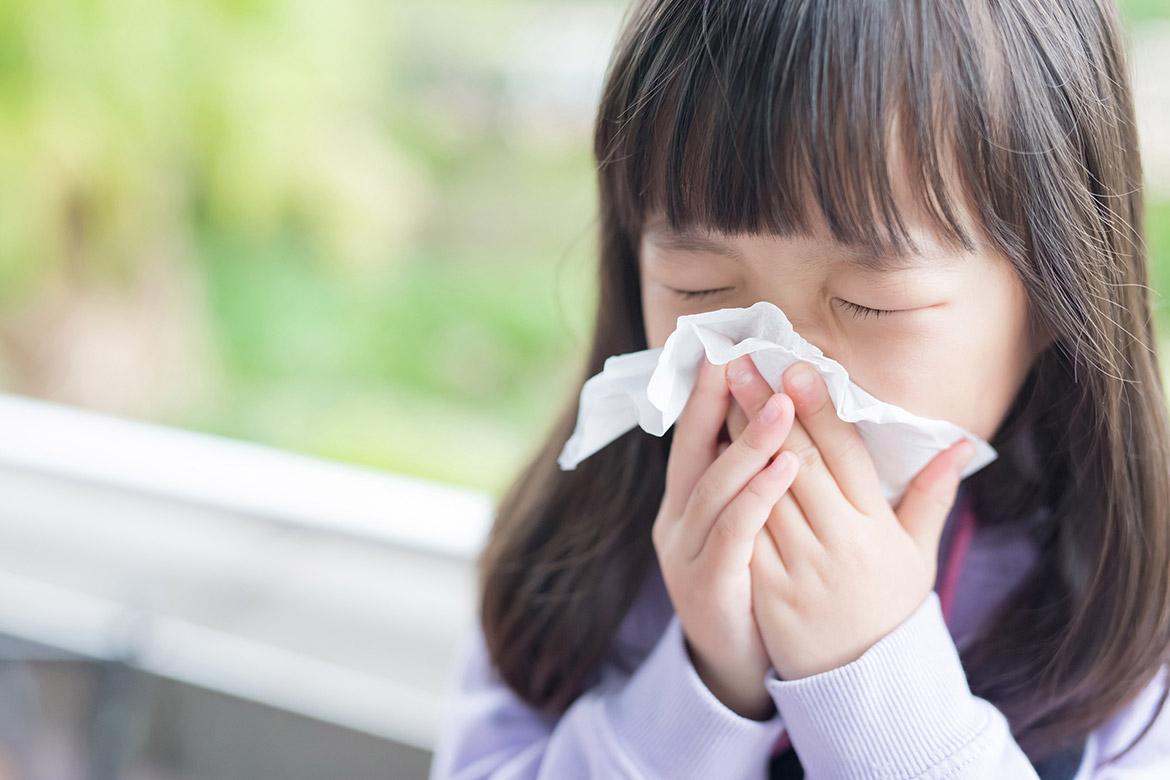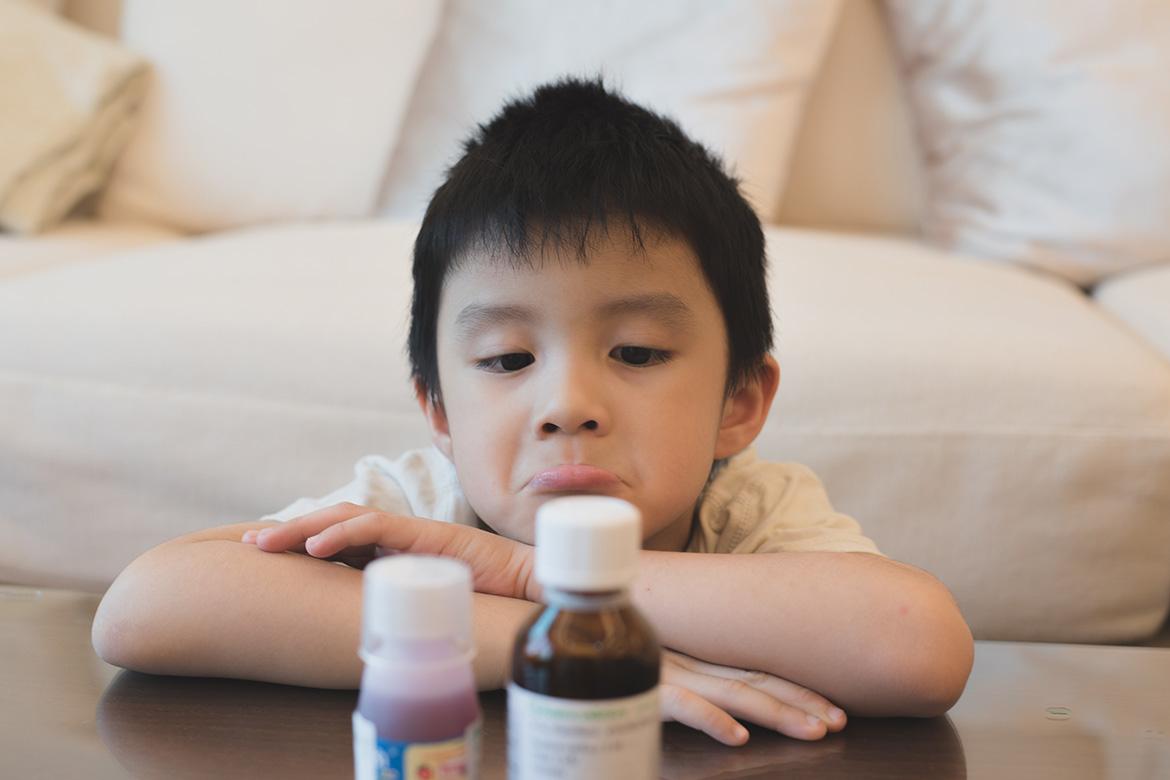-
-
Featured Care Areas

Hand, Foot and Mouth Disease (HFMD)
What is HFMD?
Hand, foot and mouth disease (HFMD) is an infectious illness caused by a group of viruses known as enteroviruses.
HFMD can affect people of all ages but is especially common in children below 5 years old.
What are the symptoms of HFMD?
Some of the most common signs of HFMD include:
- Fever
- Sore throat
- Rash or small blisters on palms of hands, inner thighs, soles of feet, and buttocks
- Mouth or throat ulcers
- Poor appetite
- Lethargy
Children with HFMD may have symptoms that last for 7 – 10 days.
When to seek medical attention
Bring your child to a doctor if they display any of the following symptoms:
- Refusal to drink
- Signs of dehydration such as poor urine output, dry lips or tongue, or sunken eyes
- Drowsiness or increased lethargy
- Hard or fast breathing
- Seizures or fits
What causes HFMD?
HFMD is caused by a group of viruses known as enteroviruses. It is a contagious disease that can spread through an infected person's:
- Saliva
- Nasal discharge
- Blister fluids
- Faeces
Children may get HFMD if they touch a contaminated toy, share utensils with an infected person or come in contact with droplets from an infected person who coughs or sneezes.
As there are many strains of the virus that can cause HFMD, it is possible to get HFMD on multiple occasions.
What are the complications and related diseases of HFMD?
In most cases, HFMD is mild and self-limiting. However, the EV71 strain of the virus may cause complications to the nervous system, heart, and lungs on rare occasions.
How do you prevent HFMD?
HFMD is very contagious and spreads through contact with infected droplets. If you know of anyone who has HFMD, try to avoid close contact with them.
You can lower your child's risk of infection by:
- Teaching them not to put their hands or objects in their mouths. In addition, they should avoid touching their eyes, nose and mouth with unwashed hands.
- Teaching them the proper way of handwashing, using running water and soap. They should rub their hands together with soap for at least 20 seconds. Clean the backs of their hands, between their fingers, and under their nails.
- Reminding them to wash their hands before and after eating, after using the restroom, after touching pets, after sneezing or coughing, and after spending time outdoors.
- Disinfecting your home regularly, especially the areas where your child frequently stays. Clean surfaces with soap and a diluted solution of bleach and water.
- Providing personal feeding utensils and cups. Avoid sharing feeding utensils, glasses, cups and toothbrushes.
- Sanitising frequently touched surfaces. This includes your child's toys, feeding utensils and learning supplies.
Note: To avoid spreading the virus, please keep your child at home if they exhibit symptoms such as blisters, rashes, fever or sore throat.
This page has been reviewed by our medical content reviewers.
Need help?
For enquiries, please call
+65 6575 7575
For appointment bookings, please WhatsApp
+65 8111 9777




